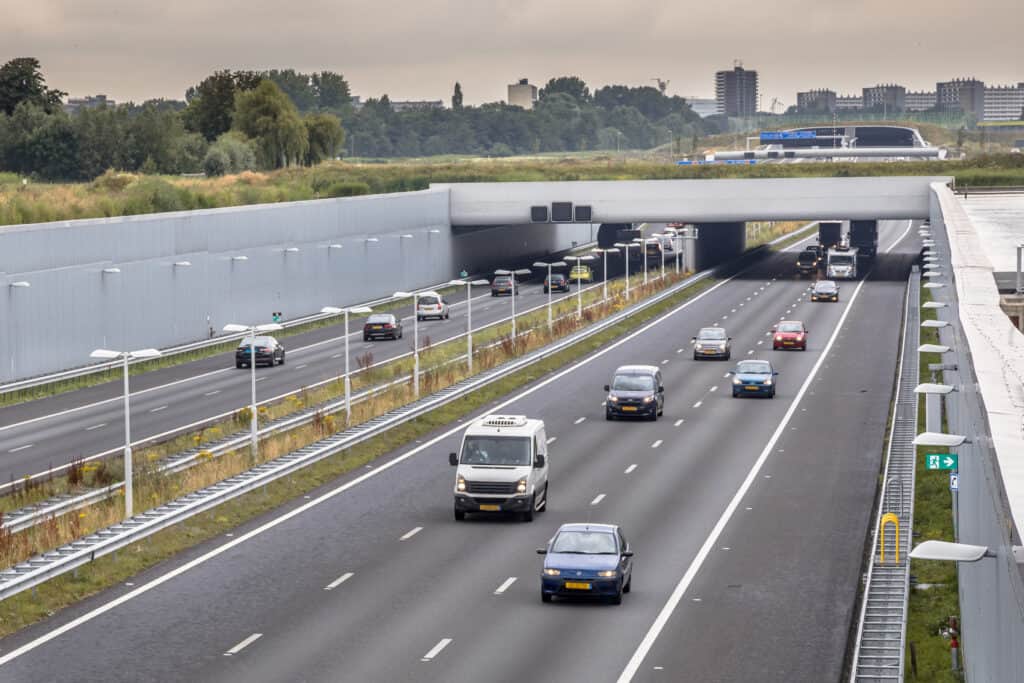
Rollout or review? What does the future of UK smart motorways look like?
A coroner has called for a review of smart motorways following the deaths of two men who were hit by a lorry on a stretch of the M1 where there is no hard shoulder. But is what’s really needed a faster rollout of smart road safety technology?
How do smart motorways work?
“Smart” highways are sections of busy roads where new traffic management systems are used to reduce traffic. Methods include variable speed limits and a change of use of hard shoulders top increase capacity on the road and improve traffic flow.
Highways England use overhead signage to facilitate such methods in order to minimise the ecological impact, cost and time that the construction of additional lanes would inevitably take. There are currently three types of smart motorway.
- All lane running schemes permanently convert the hard shoulder to a running lane. The inside lane would only ever be closed should an accident take place, signalled by a red “x” overhead.
- Dynamic hard shoulder running schemes see the hard shoulder converted to a running lane during busy periods of traffic. Overhead signage tells drivers where they can drive.
- Controlled motorway schemes feature variable speed limits but always retain a hard shoulder to be used in emergencies.
How is technology being used to improve smart motorway safety?
The review call comes amid reports that a smart motorway safety system launched in March has only been installed on 37 miles of road.
The radar-based “stopped vehicle detection” (SVD) system is able to identify stationary vehicles within 12-20 seconds of their stopping. Sensors cover every lane within the system’s range, detecting motionless vehicles on both sides of a highway before alerting operators.
The software also provides operators with feedback on current highway conditions to inform decisions about lane closures, speed limits and overhead signage. It also enables operators to co-ordinate quickly with emergency services.
Sounds like a great system, and something that would make a huge difference to safety on smart highways. But so far, SVD has been rolled out on just 24 sections of the motorway network where there is no hard shoulder.
During the 10 months that have passed since the SVD system was announced, it has only been installed on 13 miles of the M3 in Surrey. It had already been rolled out for trials on 24 miles of the M25.
A need for speed (on the rollout, not the roads)
According to Highways England, there are more than 350 miles of smart motorway that require SVD technology. And in areas where smart motorways still rely on CCTV, operators take an average of 20 minutes to close lanes once a car has broken down.
In August, the Government announced that there will be 60 stretches of smart motorway in the UK by 2025, but whether the rollout of SVD technology will keep up with that target remains to be seen. There’s certainly a lot of work to be done.
How do you feel about smart motorways? A good thing or too great a risk to broken down drivers? Drop a comment or send a message to [email protected] to tell us what you think.

